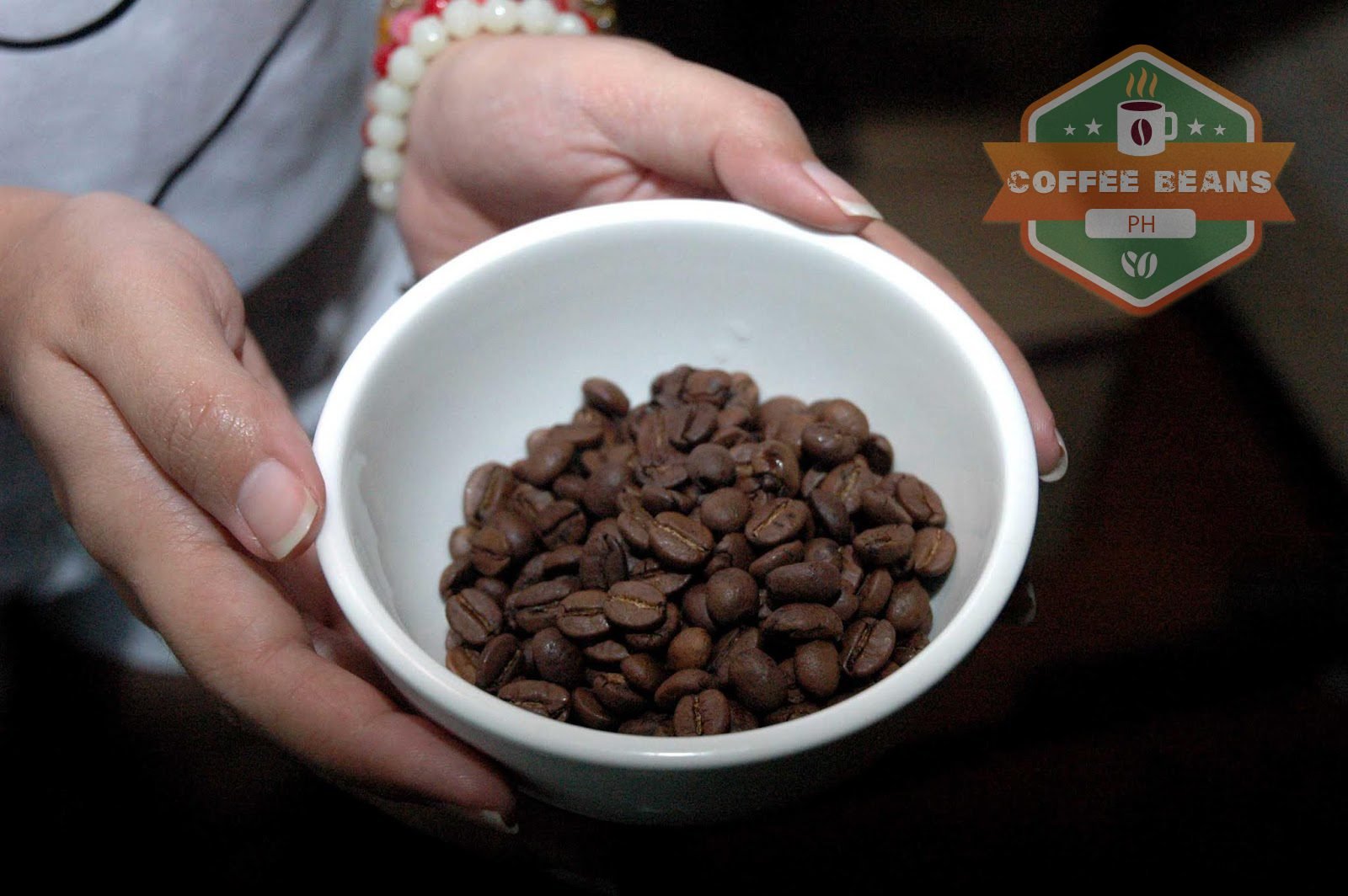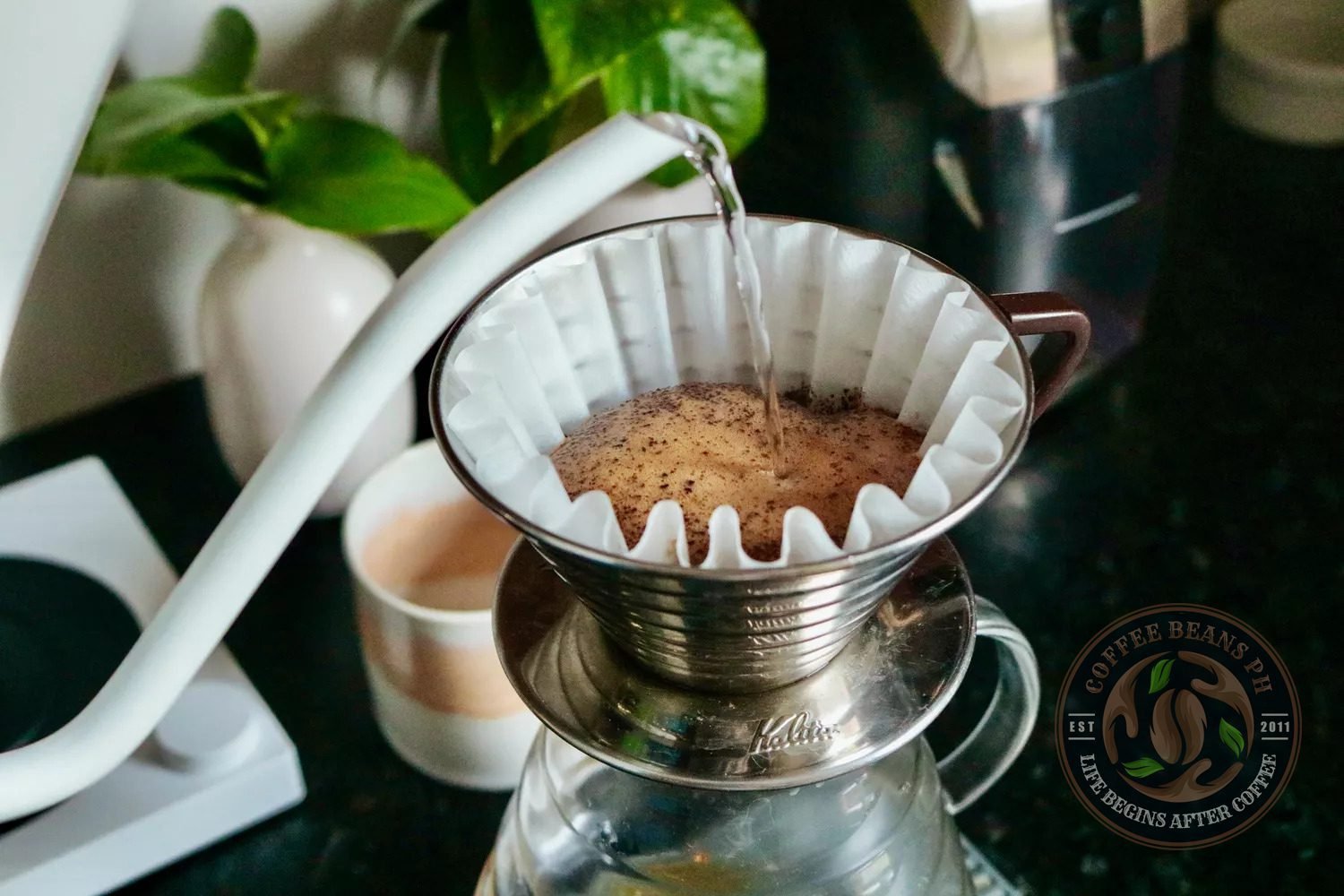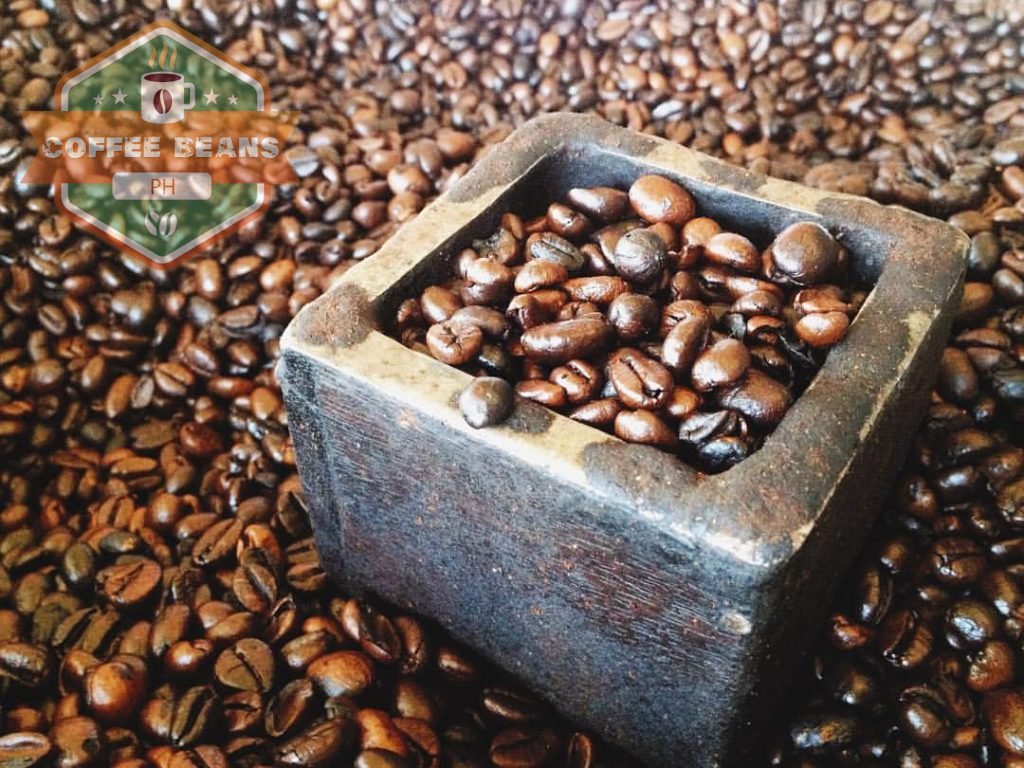
Coffee plays an important role in Philippine culture. Regardless of your age, class, or location, it’s normal for early-rising Filipinos to start their day with a fortifying cup of coffee and toasted pandesal, or a classic full rice breakfast of rice and eggs paired with tuyo (dried fish), tocino (sweet cured pork), or classic Filipino sausages called longganisa.
Traditional brewed coffee drinkers of our grandparents’ generation have a sentimental attachment to Liberica, locally known as Kapeng Barako. Younger generations and coffee lovers now enjoy Second Wave and Third Wave coffee shops, which have become an important “third space” for many people, whose lives consist of work and home, or work and school.
A quick history of Philippine coffee
Coffee is actually not endemic to the Philippines. The first coffee beans – Liberica beans, to be exact – were brought over to the Philippines in 1740 by two Spanish Franciscan friars and planted in the cool, elevated plantations of Lipa, Batangas. This marked the beginning of what historians call a golden era for Philippine coffee – a period that lasted for almost 150 years.
Liberica beans from the Philippines soon became a valuable export to Europe and America and could command up to five times the value of Arabica beans, which were also being cultivated in the Philippines. And when other major coffee-producing territories like Sri Lanka, India, Java and Sumatra were being hit in the 1870s by a destructive fungal disease called Coffee Rust (Hemileia Vastatrix), the Philippines was, for a short time, the world’s leading coffee producer.
Unfortunately, Coffee Rust also attacked and eventually destroyed Philippine Liberica plantations in 1889. Whatever crops could be saved from Batangas plantations were eventually replanted in the nearby province of Cavite. However, Liberica never regained its prominence and coffee production and export declined in importance for many decades.
During the American period, the Americans encouraged Philippine agriculturists to plant Robusta beans (Coffea canephora). Unlike Arabica and Liberica, which grow at optimal levels at minimum altitudes of 200-300 meters above sea level, Robusta is easy to cultivate in the lowlands and is more disease and insect resistant. Today Robusta is the country’s most dominant variety. Most of the Philippines’ Robusta crop is used in the production of instant coffee by Philippine and multinational coffee producers.
Instant coffee is still an important component of Philippine coffee culture. Many brands of convenient instant coffee are sold in supermarkets, together with many types of 3-in-1 coffee sachet products that include powdered coffee, creamer, and sugar, all in one packet.
Second Wave and Third Wave Coffee
The interest in Philippine coffee experienced a resurgence in the early 1990s, when enterprising coffee businesses banded together to relaunch Kapeng Barako and promote many small groups of Philippine coffee producers who are spread out in the Calabarzon Region, the Cordilleras, and many parts of northern and southern Mindanao.
The arrival of Seattle’s coffee brands, notably Starbucks and Seattle’s Best, and other major coffee shop brands in the Philippines (the so-called “Second Wave”) also helped spark interest in coffee origin and sustainability. In the last decade, many independent coffee shop owners have begun sourcing their beans directly from coffee cooperatives and do some – or a lot – of their own in-house bean roasting.
Today, passionate Third Wave coffee drinkers are terroir-driven and are deeply interested in where the beans came from, what types of beans they are (Arabica, Robusta, Excelsa, or Kapeng Barako), and what flavor profile they might have (nutty, floral, fruity – or a combination of the three). More often than not, by supporting certain coffee shops, you are directly supporting coffee cooperatives that these shop-owners and small distributors are championing – whether they’re from Sagada, Batangas, Sulu, and other emerging coffee producing areas in the Philippines.
So whenever you visit your favorite coffee place or looking for a new coffee type to sip, try asking your seller more about their latest batch of coffee beans, their origin, what flavor profile they have, and how best to brew it.
We hope you enjoy the flavor discovery that comes with every cup you have!
Please visit our Coffee page to learn more about the specifics of our coffee beans.





